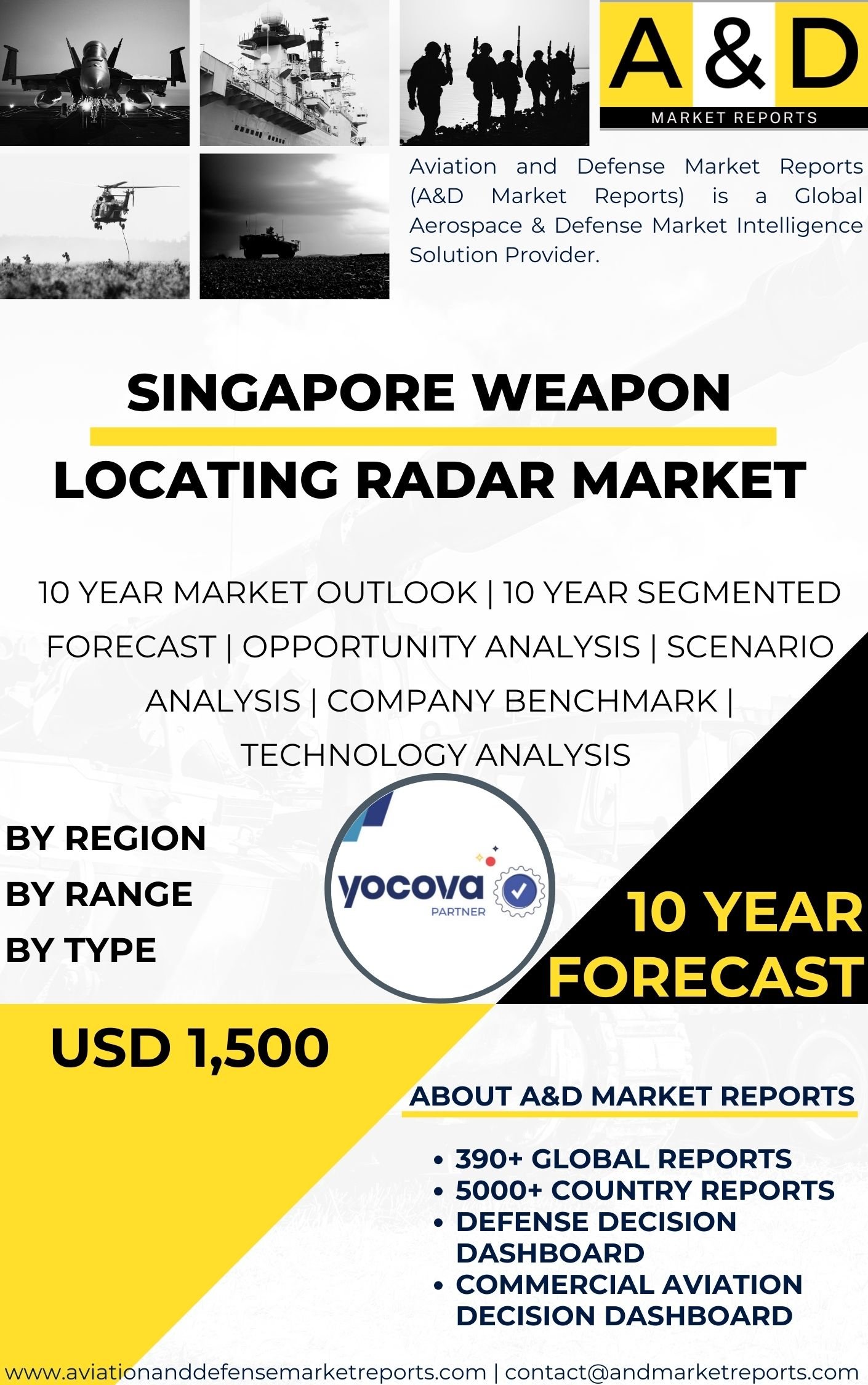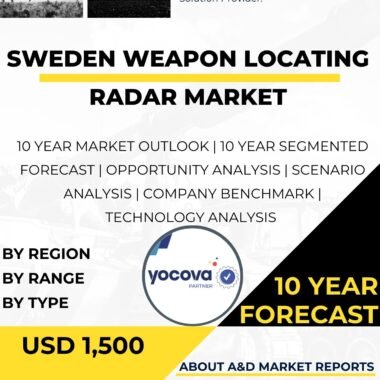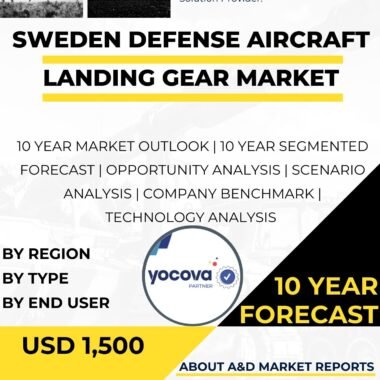Description
Singapore Weapon locating radar Market has experienced steady growth in recent years, driven by the nation’s commitment to strengthening its defense capabilities, enhancing homeland security, and mitigating potential threats. Weapon locating radars are advanced systems designed to detect, track, and pinpoint the source of enemy artillery, rockets, and mortar fire, providing vital intelligence for countermeasures and threat neutralization.
This overview examines key market drivers, major applications, challenges, and future prospects shaping Singapore’s weapon locating radar landscape.
Singapore Weapon locating radar Market Strategic Importance and Market Drivers
Singapore’s strategic position in Southeast Asia exposes it to regional security complexities and potential cross-border threats. To safeguard its sovereignty and ensure rapid response capability, the country prioritizes situational awareness and early-warning systems—both of which are strengthened through the deployment of advanced weapon locating radars.
The nation’s broader defense modernization strategy has been a primary catalyst for the WLR market’s growth. Given Singapore’s compact land area, early threat detection and precise countermeasure coordination are vital for national defense. Weapon locating radars serve as force multipliers, allowing the Singapore Armed Forces (SAF) to maintain readiness and operational advantage.
Additionally, the increasing focus on homeland security and counterterrorism drives demand for radar systems that can detect and intercept unconventional attacks, such as improvised rocket or mortar strikes against critical infrastructure and civilian areas.
Singapore Weapon locating radar Market Domestic Industry and International Collaboration
Singapore’s robust defense industry plays a pivotal role in supporting the development, integration, and production of radar and sensor technologies. Local defense enterprises, in partnership with global technology providers, are engaged in research and development (R&D) to advance detection accuracy, range, and real-time processing capabilities.
Collaborations with international defense manufacturers facilitate technology transfers and access to next-generation radar systems. This cooperation strengthens Singapore’s defense industrial base and promotes the adoption of cutting-edge radar innovations tailored for regional defense needs.
Applications in Defense and Homeland Security
Weapon locating radars in Singapore serve multiple critical functions across both military and homeland security domains:
Artillery and Rocket Threat Detection: WLRs detect, track, and compute the launch points and impact zones of incoming enemy fire, allowing for rapid counter-fire or protective maneuvers.
Force Protection: These systems enable the SAF to safeguard troops and equipment by providing early warnings and accurate threat coordinates.
Homeland Security: WLRs enhance surveillance and threat mitigation efforts in urban and coastal areas, ensuring protection of vital infrastructure and civilian populations.
Airspace and Border Monitoring: Integrated radar networks contribute to Singapore’s broader air defense architecture, improving response coordination against aerial or projectile threats.
Through these applications, weapon locating radars significantly enhance Singapore’s operational readiness and tactical precision in both peacetime surveillance and combat operations.
Key Challenges
Despite strong progress, the Singapore weapon locating radar market faces several challenges:
Technological Evolution: Emerging threats employ stealthier, faster, and lower-flying projectiles designed to evade detection. Continuous R&D is required to enhance radar range, resolution, and signal processing.
System Integration: Ensuring seamless interoperability between radar platforms, artillery units, and command networks is essential for unified battlefield operations.
Cost and Maintenance: The procurement and upkeep of sophisticated radar systems demand sustained investment and skilled technical support.
Addressing these challenges is essential for maximizing the efficiency and longevity of Singapore’s radar infrastructure.
Future Prospects
The outlook for Singapore’s weapon locating radar market remains highly positive. The country’s ongoing investment in defense modernization, coupled with its emphasis on technological innovation and strategic partnerships, is expected to sustain market growth.
Future advancements will likely focus on longer detection ranges, enhanced digital processing, AI-driven threat analysis, and real-time data fusion with command-and-control systems. These improvements will significantly increase the precision, speed, and reliability of threat detection and response.
Moreover, Singapore’s proactive defense policies and close collaboration with global radar manufacturers will continue to position it as a regional hub for advanced radar technology deployment and integration.
Conclusion
The Singapore weapon locating radar market forms a vital component of the country’s defense and security infrastructure. These radars provide early warning, precise threat tracking, and effective countermeasure coordination, ensuring the nation’s preparedness against modern artillery and rocket threats.
While challenges persist in maintaining technological edge and system integration, Singapore’s continued focus on defense innovation, strategic partnerships, and operational self-reliance ensures that the weapon locating radar market will remain a cornerstone of its national defense strategy.
The market’s future is promising—anchored in technology, resilience, and an unwavering commitment to safeguarding national security.




